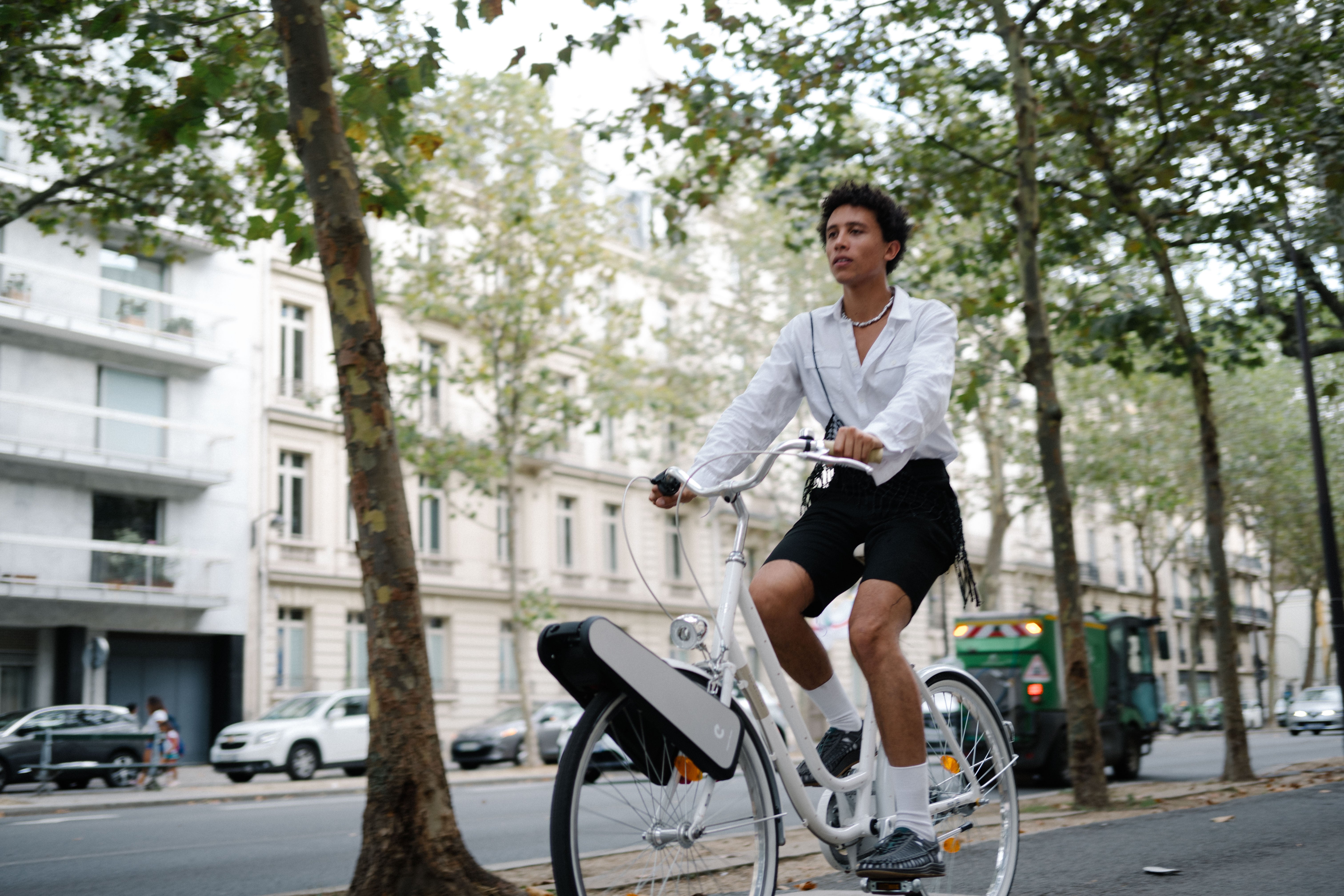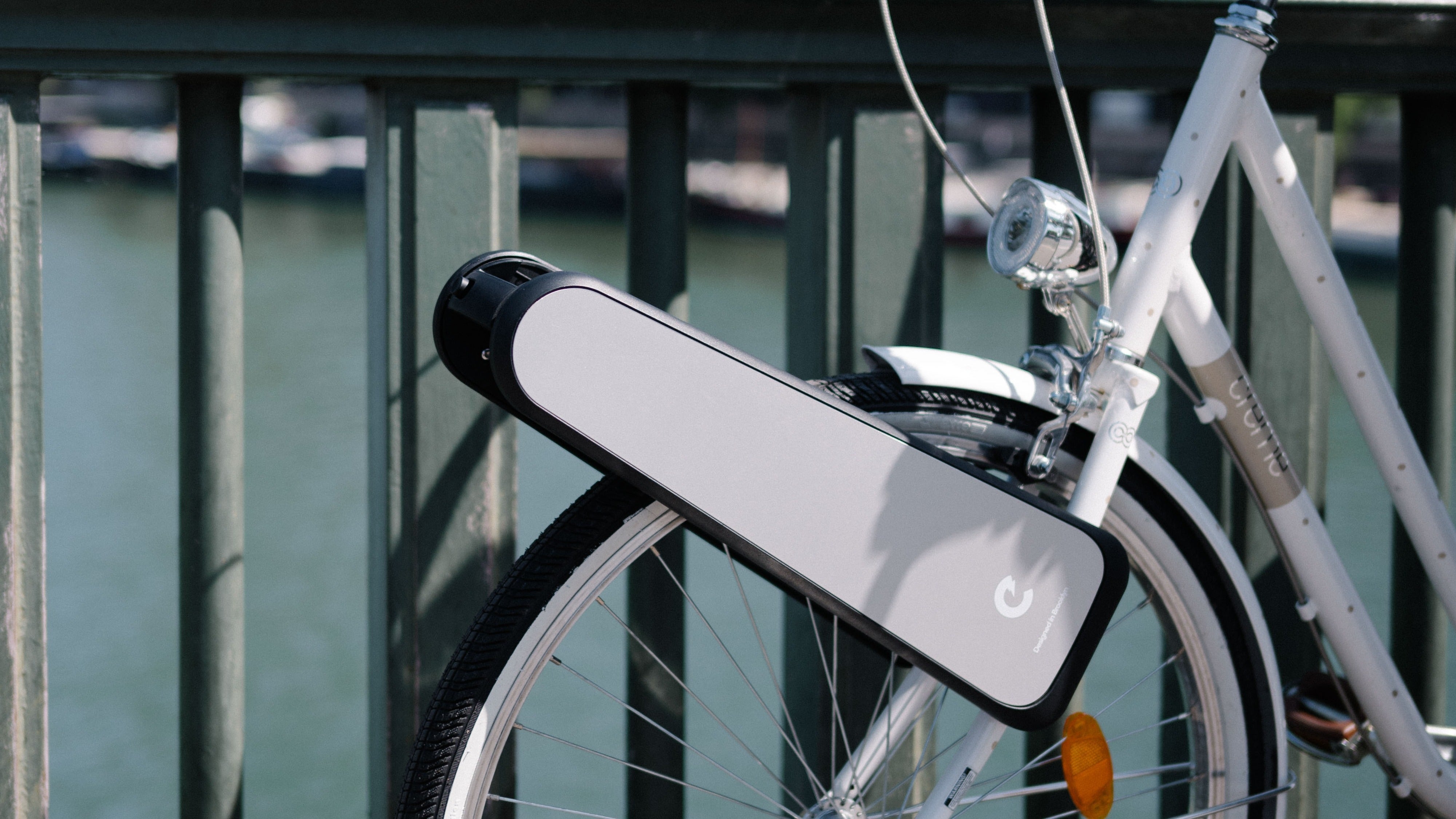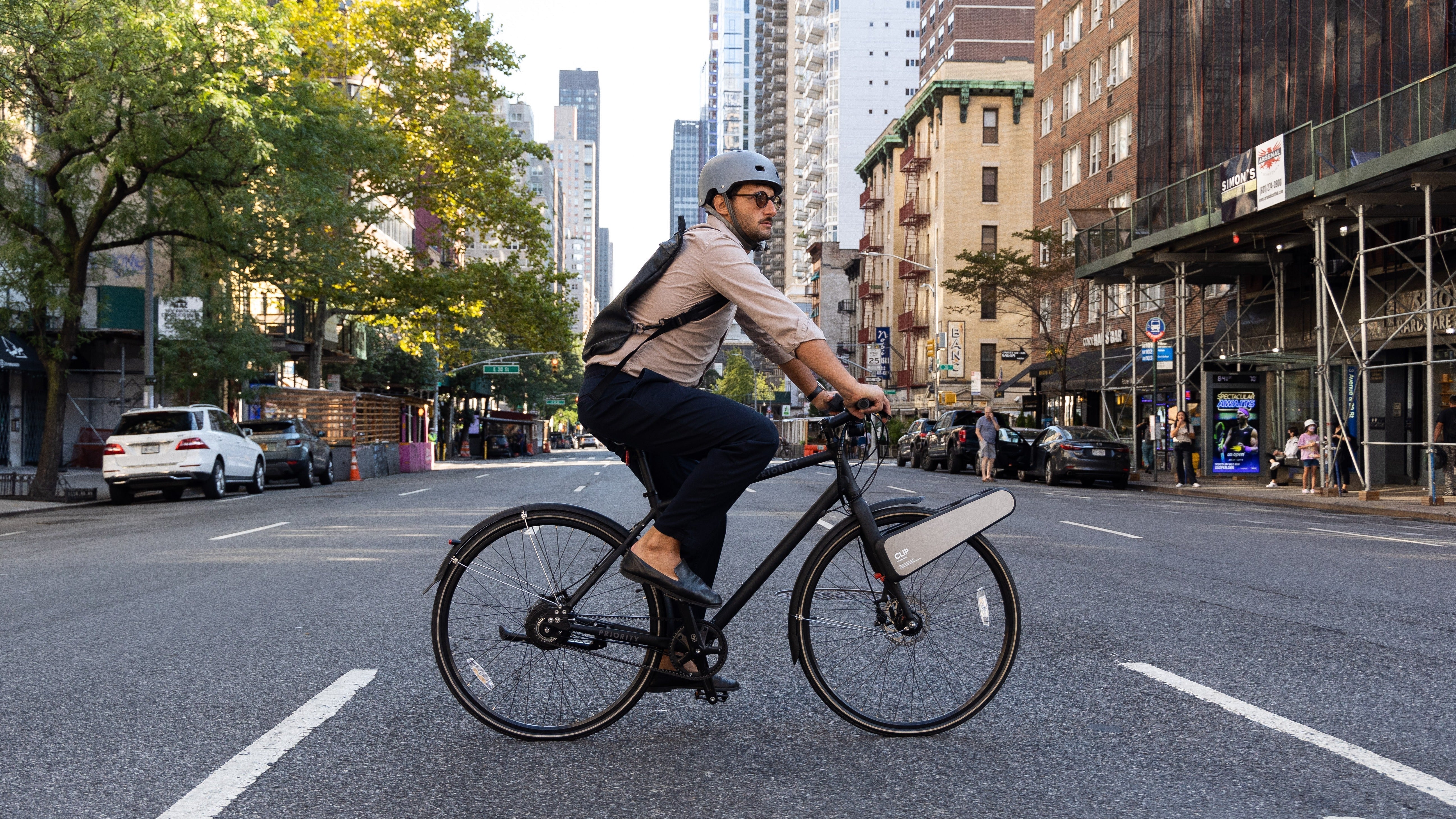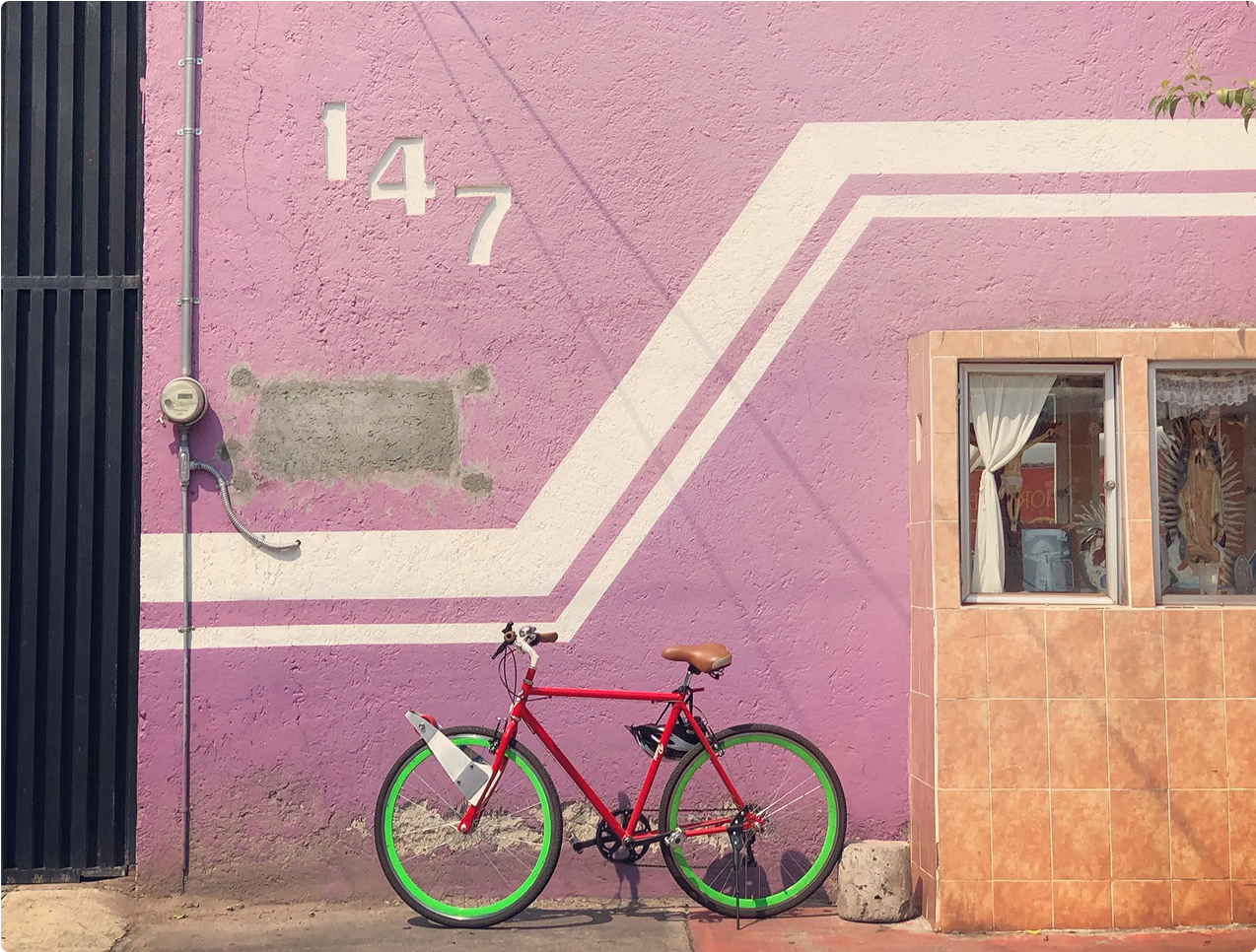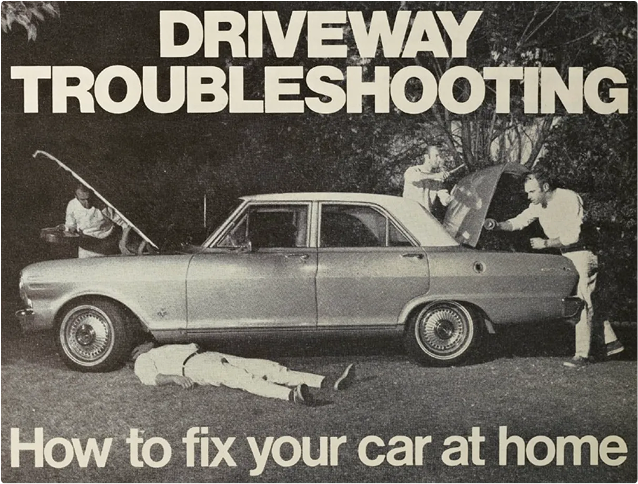Find the best e-bike conversion kit for your needs! Explore CLIP vs other options in this comprehensive guide to transform your bike with ease.
Table of Contents
Introduction
Did you know that converting a traditional bike into an electric one can cost up to 70% less than buying a new e-bike? Well, according to Rydybikes.com it can! With gas prices rising and cities embracing more bike-friendly infrastructure, e-bike conversion kits are becoming a popular, budget-friendly solution for commuters and cycling enthusiasts alike. In this comprehensive guide, we’ll help you choose the best e-bike conversion kit by breaking down the pros and cons to consider. Whether you're an urban rider or a weekend explorer, this article will help you find the perfect kit to electrify your ride.
Pros and Cons of CLIP E-Bike Conversion Kit
Pros:
-
No tools required, instant installation:
CLIP attaches to your bike’s front wheel in seconds—no tools or technical expertise required. It's one of the most convenient conversion kits on the market, perfect for city dwellers and commuters.
-
Lightweight and Portable:
Weighing under 10 pounds, CLIP fits in most backpacks. Whether you're heading into the office or hopping on public transit, its portability makes it incredibly practical.
-
Fast Charging:
With a full charge in just 30 minutes, CLIP minimizes downtime and keeps you on the move.
-
Regenerative Breaking:
CLIP uses regenerative braking to slightly extend battery life by recovering energy as you slow down—an added bonus for environmentally conscious riders.
-
Great for Commutes:
With speeds up to 15 mph and a design optimized for city travel, CLIP is ideal for daily commutes, errands, and quick trips.
Cons:
-
Limited Range
CLIP has a 12-18 mile range, which is more than enough for large cities, but it isn’t enough for a smaller city style of living. CLIPs 18 miles is a larger range than other competitors, though. 18 miles is also more than enough for most commutes or bike rides.
-
Not Waterproof
CLIP is a friction drive, meaning that it won’t be beneficial in the pouring rain. CLIP can easily handle light rain and won't be an issue.
-
Not Compatible with Suspension Forks
CLIP can fit onto almost any bike, but not suspension forks. CLIP fits onto the forks of the front wheel of the bike, so if it’s a suspension fork, there is no place for CLIP to securely attach to.
-
No Integrated Locking Mechanism
CLIP has a separate lock that you can purchase, but it is not built into the device. If you do not buy the lock, you will need to remove CLIP (which takes no more than a couple of seconds) and take it with you.
Bottom Line:
CLIP offers a smart, stylish, and sustainable solution for urban cyclists looking to electrify their ride without breaking the bank, CLIP is a great choice. Check out our blog comparing e-bikes and e-bike conversion kits here.
Check out this review of CLIP by Freshly Charged!
Pros and Cons of Swytch
Pros:
-
Lightweight and Compact Design
The Swytch kit is renowned for its minimal weight, with the Air battery weighing approximately 700g and the Max battery around 1,100g. This ensures that your bike remains agile and easy to handle post-conversion.
-
Versatile Mounting Options
The kit offers flexibility in battery placement, allowing users to mount it on the handlebars or frame, catering to personal preferences and bike designs.
Cons:
-
Limited Range
The Air battery offers a range of up to 15km, while the Max battery extends to approximately 30km. This may not suffice for longer commutes without mid-ride charging.
-
Compatibility Restraints
The kit is primarily compatible with bikes featuring 100mm front forks and quick-release axles. It may not fit bikes with thru-axles or certain fork designs without modifications.
-
Installation Concerns
While the installation is generally straightforward, certain bike models may require additional adjustments or tools, such as filing down axle flats, to ensure a proper fit. Along with requiring tools, this kit requires you to change the wheel of your bike and takes around 30 minutes to complete.
-
Security Concerns
The easily removable battery, while convenient, may be susceptible to theft if left unattended on the bike in public spaces.
Pros and Cons of Skarper
Pros:
-
Innovative DiskDrive Technology
Skarper's patented DiskDrive replaces the rear disc brake rotor, integrating a motor and gearbox into a compact unit that propels the bike via the brake rotor itself.
-
Compact and Lightweight
The entire system weighs approximately 3.3 kg (3 kg for the drive unit and 0.3 kg for the rotor), making it one of the lighter e-bike conversion kits available.
-
Fast Charging
The 240Wh battery charges fully in 2.5 hours, offering a range of up to 60 km (37 miles) depending on usage.
Cons:
-
High Price Point
Priced at £1,495 (almost 2k USD), it's more expensive than many other e-bike conversion kits, which may be a barrier for some users.
-
Limited Compatibility
The system is only compatible with bikes that have disc brakes and may not fit all frame designs, limiting its applicability.
-
Limited Power for Steep Climbs
With a torque output of 50 Nm, it may struggle on very steep inclines compared to more powerful mid-drive systems.
Conclusion
Choosing the best e-bike conversion kit depends on your riding needs, budget, and bike compatibility. CLIP stands out for its portability and simplicity, while Swytch offers great versatility, and Skarper impresses with innovative design. Whether you're commuting daily, cruising on weekends, or just exploring a greener lifestyle, there's a solution for you.
Have you tried an e-bike conversion kit, or are you thinking of making the switch? Share your thoughts with us. We would love to hear from you!
Ready to electrify your ride? Join thousands of riders by clicking the link below!

